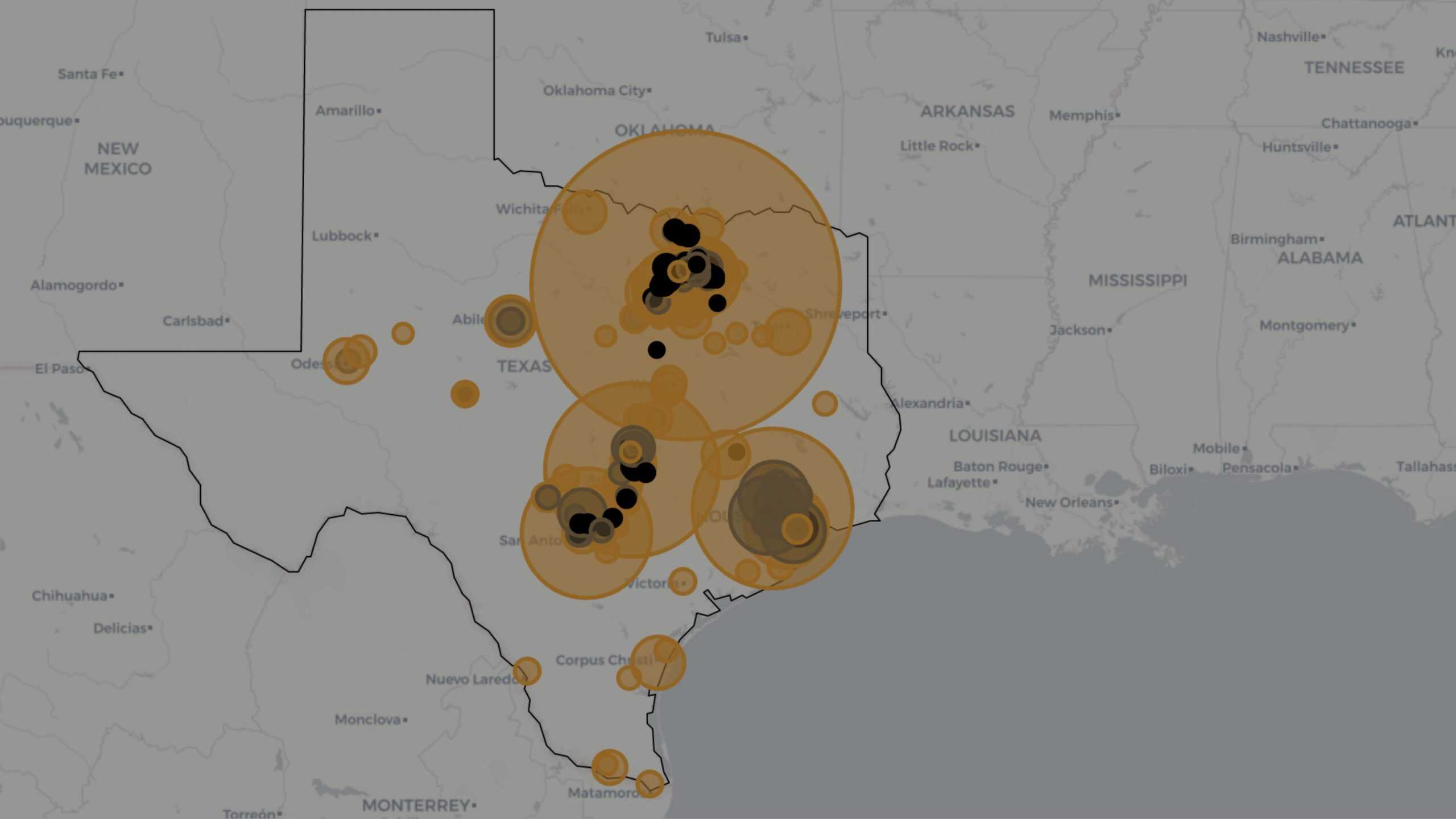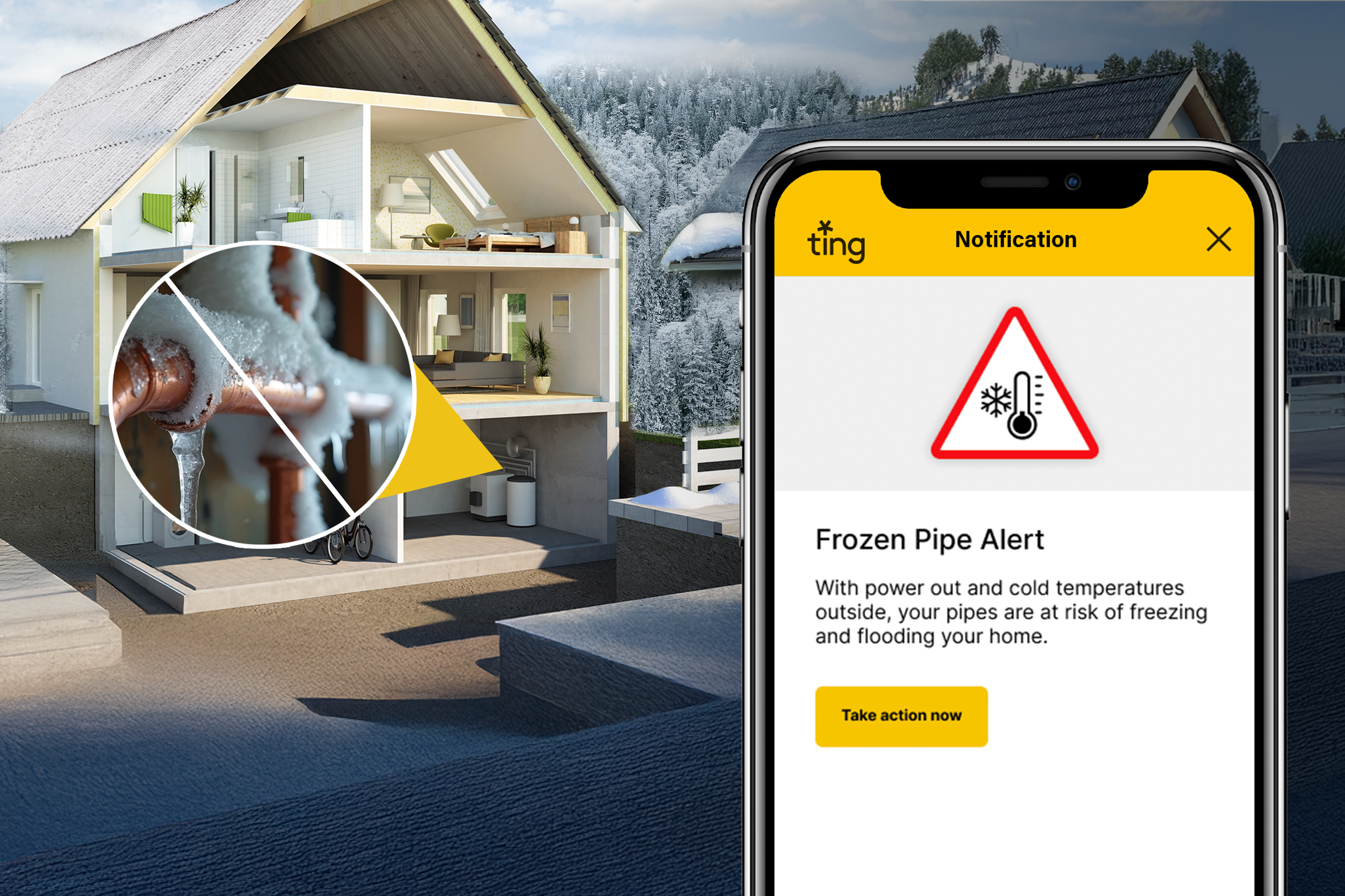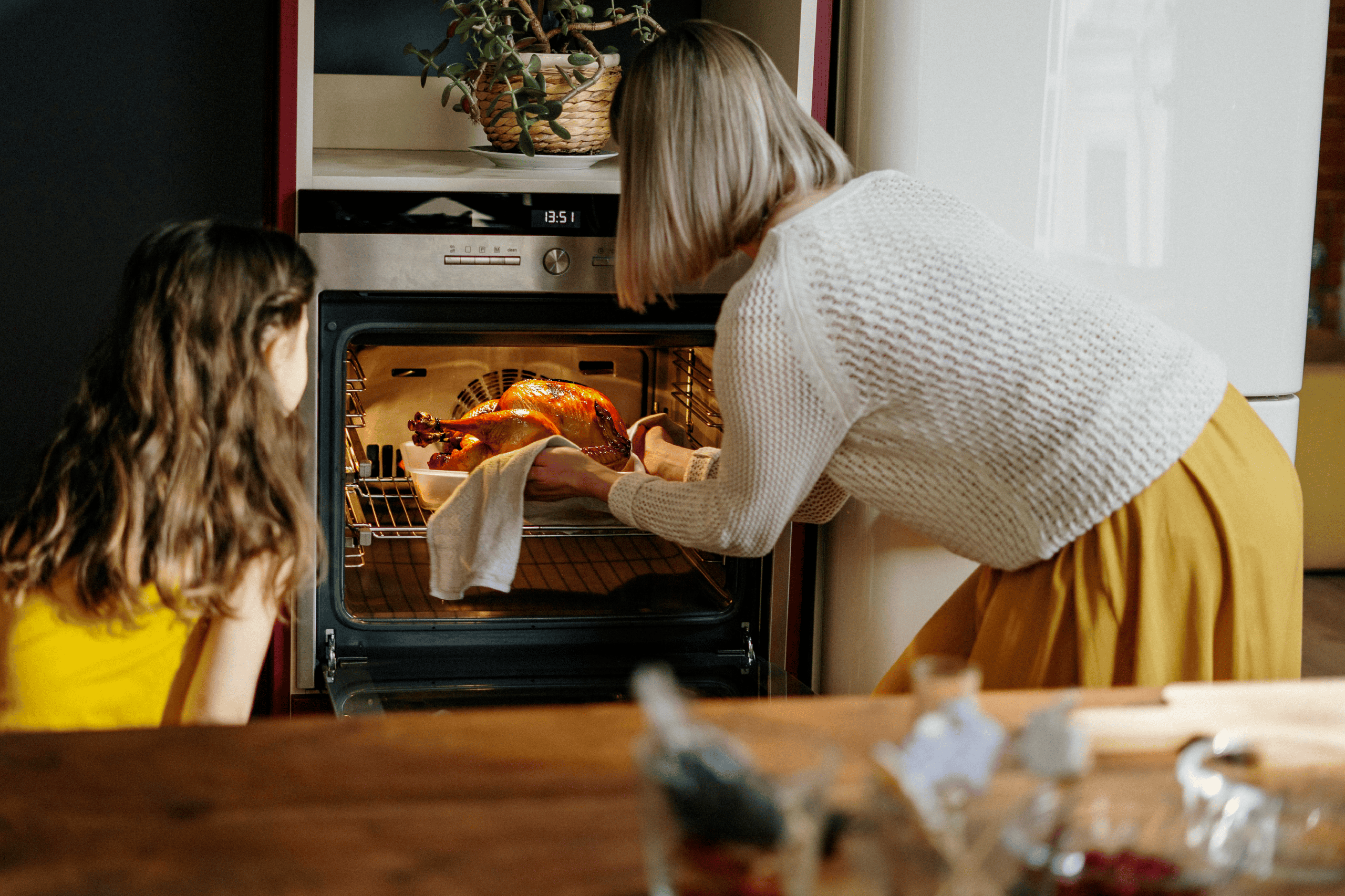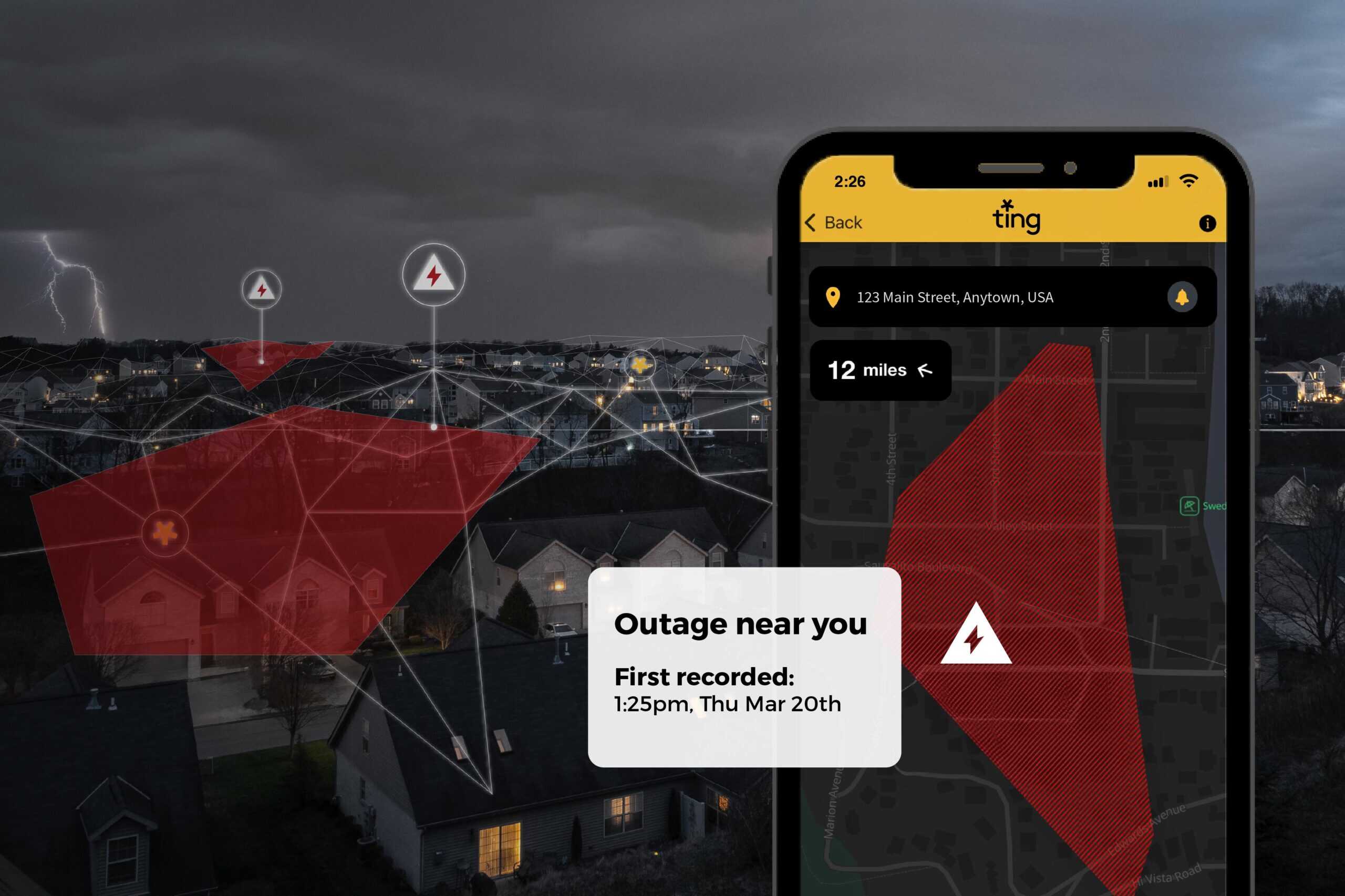Originally published on 02/19/2021
During the deep freeze in early 2021 in Texas, we saw a sharp increase in home electrical fire hazards. In-home fire risk always increases during cold, extreme weather. Unfortunately, the same extreme cold weather can impact the quality of power being delivered to the home.
Increased Risk From Grid Issues
The winter storms at that time were magnified by a polar vortex and wreaked havoc on the electrical grid in Texas. The above video loop during that time documents power surges, sags, and outages caused by weather, generation plant failures, and planned rolling blackouts.
Compromised power quality and utility grid faults can sometimes increase ‘in-home’ risk, including fires, appliance damage, and/or electrocution risks.
Increased Risk From Heating Devices
At the same time, increased reliance on space heater heaters, heating blankets, and other devices to stay warm stresses the home electrical system – and, collectively, the electrical grid. These devices often use significant power, increasing fire risk (click here for helpful tips to keep you safe when using these devices).
Sometimes a home electrical network is ill-prepared to handle an increased demand of this nature, leading to hazardous arcing – sometimes hidden in walls – that can lead to devastating electrical fires. In other cases, a device is not plugged in or connected correctly or is itself faulty due to age, wear, or poor design.
Fire safety involves all of us – in the home and in the community. Stay warm and stay safe!




